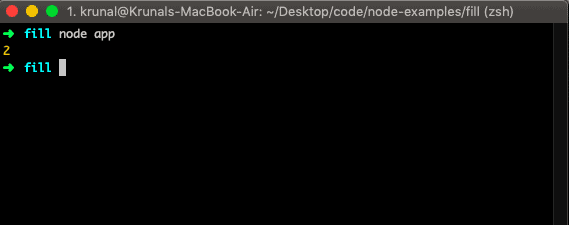
See the Pen () – Challenge by Kevin Chisholm ( on CodePen. But the JavaScript Array find() method solves this problem, as it removes the need for tedious boilerplate code. Just discussing this in a “pseudocode” context is tedious, and writing the actual code is even more so. “ i” or “ j”), and finally, you need logic that uses the value of your counter to determine whether or not your target elements have been found. The first problem is that setting up a loop of any kind creates boilerplate code, then you need a counter (i.e. This approach is perfectly valid, but it comes with problems. Then you have to keep track as you count up to (or down from) the length of the array. This makes sense, because in order to “do something” with every element in the array, you have to know how many elements are in there (i.e. Iterating an array usually requires counting.

Well, in this article I’ll demonstrate the JavaScript Array find() method, which provides a straightforward way to confront this problem. For example, if your array contains numbers, you may want to know how many of the elements in that array have a value higher than a certain amount. In particular, you might want to know which element in this array meets a certain criterion. When you have an array of values, it’s likely that you might need to find an element in that array. JavaScript’s Array find() method allows you to find the first element that matches logic provided by you.


 0 kommentar(er)
0 kommentar(er)
